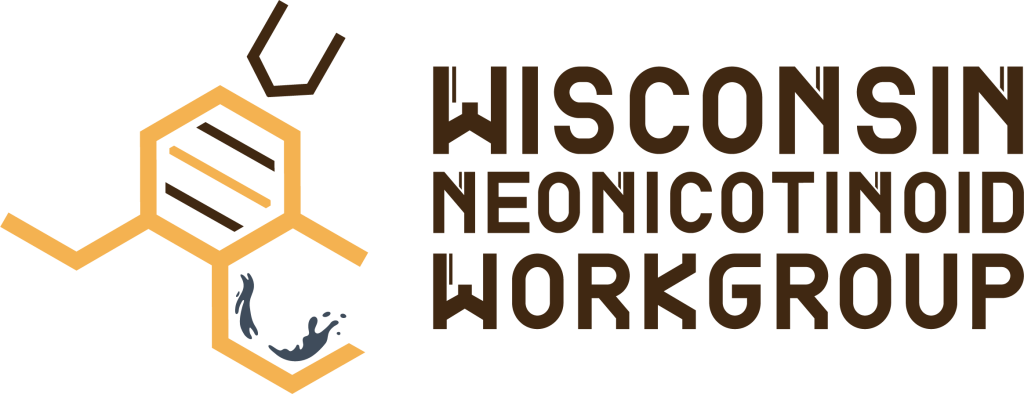Emerging Contaminants Outreach

Emerging Contaminant Outreach
The environment around us can be impacted by hazardous materials, also known as contaminants, in ways that may affect our health and well being. New contaminants in our water, air, and soil are referred to as emerging contaminants. They present unique challenges when it comes to protecting our natural resources and ourselves, as our knowledge of their properties is limited and constantly changes as we learn more about them. The Natural Resources Institute is dedicated to increasing access to information and collaborating with partners to foster better understanding of emerging contaminants in Wisconsin.
Per- and Polyfluoroalkyl Substances (PFAS)
Perfluoroalkyl and polyfluoroalkyl substances, or PFAS, are a group of synthetic chemicals that have been used in many everyday products since the 1940s. These include things like firefighting foam, non-stick pans, water and stain-resistant fabrics, fast food packaging, and personal care products. PFAS don’t break down easily, which makes them useful, but also means they stick around in our environment for a long time, earning them the nickname “forever chemicals.” Long term exposure to PFAS compounds has been associated with a variety of health impacts, including reproductive effects and cancer risk.
- Head to the Per and Polyfluoroalkyl Substances (PFAS) webpage to learn more about PFAS sources, risks, technology, and filtration.
- Explore this Natural Resources Institute story map to learn more about PFAS in the state of Wisconsin.
Neonicotinoids
Neonicotinoids, or neonics, are commonly used pesticides in agricultural and urban environments. They can be used in a variety of ways, such as seed treatments, soil treatments, foliar sprays, and topical applications. They impact a wide range of insects and other invertebrates, while being comparatively non-toxic to humans and other mammals. Recent research has shown that neonics have spread throughout our environment beyond their area of application, impacting our ecosystems and raising concerns about possible health impacts.

If you are interested in learning more about neonics, or want to help create educational resources to raise awareness about neonic research or best use and practices, please check out the Wisconsin Neonicotinoid Workgroup. The goal of this group is to support effective decision-making by fostering collaboration among researchers, conservation groups, agricultural operators and professionals, and the general public.
Information
Contact Information
Anya Jeninga
Emerging Contaminants Outreach Specialist
Email: anya.jeninga@wisc.edu
Phone: (920) 391-4612
Related Links
Questions about environmental health, such as your health and drinking water? Reach out to the Wisconsin Department of Health Services at dhsenvhealth@dhs.wisconsin.gov
Learn more about environmental contaminants at the Wisconsin Department of Natural Resources or reach out with your PFAS specific questions at DNRPFASInquiries@wisconsin.gov
Helpful Resources
How to read your PFAS private well lab report – English Version
How to read your private well lab report – English Version




